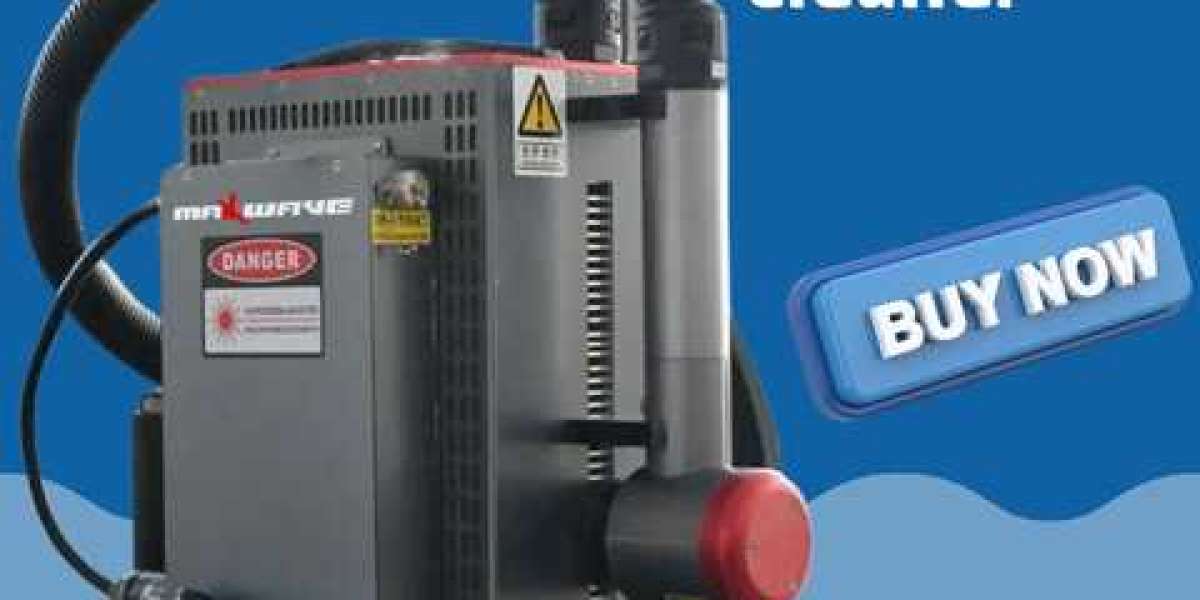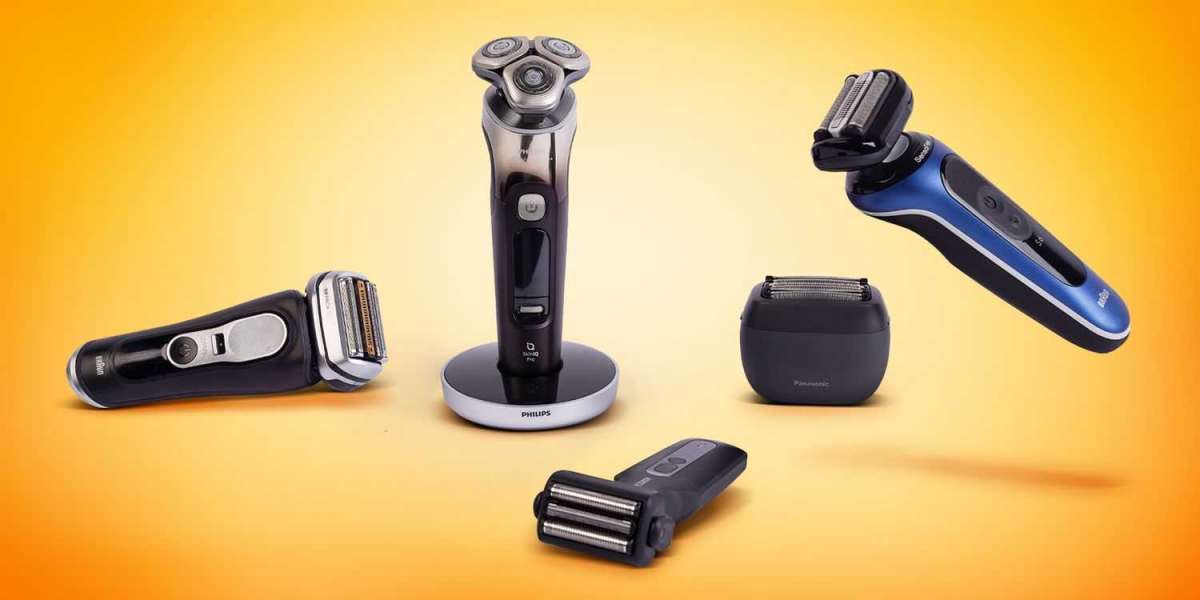The term “handheld laser cleaner” might sound futuristic, but it has become a highly practical and widely accepted technology in many sectors. From manufacturing to marine, energy, automotive, aerospace, and beyond, this compact cleaning device has shifted the way industries think about rust removal, paint stripping, grease cleaning, oxide removal, and general surface treatment.
In this detailed guide, we will break down how a handheld laser cleaner works, why it’s effective even on the toughest industrial challenges, where it’s being used most frequently, and how industries are optimizing their maintenance and production cycles by adopting this technology.
How Handheld Laser Cleaners Work
Laser cleaning is based on the principle of laser ablation. A high-intensity laser beam is directed at the surface layer that needs removal. The contaminants (such as rust, paint, oil, or oxides) absorb the laser energy, heat up, and vaporize or dislodge due to thermal shock or micro-explosions.
What makes a handheld laser cleaner unique is its portability and precision. Unlike automated systems, handheld units offer flexibility. The operator can guide the beam over irregular surfaces, reach into corners, or target specific zones. It eliminates the need for masking or disassembly in many cases.
The interaction between laser and material is selective. Most unwanted coatings absorb the laser wavelength, while the metal substrate underneath reflects it. This selectivity allows for safe removal without harming the base material—a significant advantage over mechanical or chemical processes.
Real-World Industrial Use Cases
Let’s look at how a handheld laser cleaner is used across sectors for challenging applications:
1. Rust Removal in Shipyards and Marine Equipment
Ships, submarines, offshore rigs, and other marine equipment are highly prone to corrosion due to saltwater exposure. Traditional rust removal is labor-intensive and involves risks from sandblasting and chemicals. Handheld laser cleaning provides an efficient solution without polluting the environment or damaging steel surfaces.
2. Paint Stripping in Aerospace Maintenance
Aircraft maintenance requires precise removal of paint without altering the aluminum or composite body structure. Handheld laser cleaners allow technicians to selectively remove paint layers without damaging sensitive surfaces or components.
3. Mold Cleaning in Injection Molding Industry
Molds used in rubber or plastic production gather residue over time, which affects product quality. A handheld laser cleaner is ideal for cleaning molds without dismantling them or using abrasives that could alter tolerances.
4. Weld Preparation and Post-Weld Treatment
Before welding, surface impurities must be removed to ensure strong weld joints. After welding, oxide layers or discoloration need removal for aesthetic and quality reasons. Handheld laser systems allow both pre- and post-weld cleaning with fast turnaround.
5. Restoration of Cultural Artifacts and Monuments
In the field of art conservation and monument restoration, delicate cleaning is crucial. Laser cleaning has been used to remove grime and soot from ancient stone, metal sculptures, and frescoes without affecting the original material.
Why It's Effective Even on Tough Contaminants
A common concern is whether a handheld laser cleaner has the strength to handle thick rust or stubborn industrial coatings. The answer lies in the adjustable parameters of the device—such as power level, pulse duration, frequency, and beam size.
High-power models (1000W, 1500W, or even 2000W) can tackle dense corrosion layers and thick coatings. The laser energy is concentrated and can be tuned to match the specific absorption characteristics of the contaminant. Operators can slow down the movement of the beam to allow deeper penetration if needed.
For example, when cleaning heavily rusted steel pipes or machinery, an operator can increase pulse repetition and reduce scanning speed to ensure thorough removal. Unlike chemicals or abrasives, the laser doesn’t stop working when it gets tough—it adapts.
Another factor is consistency. Mechanical methods may leave some patches untouched or uneven. A handheld laser cleaner delivers uniform cleaning across the target surface, which is critical in industries with strict quality standards.
Safety and Efficiency Considerations
Although laser cleaning is contactless and requires no chemical agents, safety still remains a high priority. Handheld units are typically equipped with sensors, safety interlocks, and protective enclosures. Operators wear laser safety goggles and work in designated zones to avoid beam reflection or accidental exposure.
Efficiency also matters. Most handheld systems come with a user-friendly interface that allows adjusting the cleaning parameters on the fly. Some models include a real-time monitoring system that shows the temperature, power output, and cleaning path to ensure consistent results.
Another efficiency factor is minimal cleanup. Since the removed material is vaporized or turned into microscopic dust, there is very little residue. This reduces the need for secondary cleaning, saving both time and labor costs.
Environmental and Cost Implications
One of the strongest industrial arguments for switching to handheld laser cleaner technology is its environmental compatibility. There are no consumables—no sand, chemicals, water, or detergents. That means no disposal problems or hazardous waste handling.
In many countries, regulations are tightening around surface treatment processes that pollute or pose health risks. A handheld laser cleaner complies easily with safety and environmental norms, helping industries future-proof their operations.
From a cost perspective, the initial investment might be higher than buying basic mechanical tools. But when measured over time—factoring in reduced downtime, no consumable costs, less labor, and higher quality—laser cleaning is highly cost-efficient.
Who Needs Handheld Laser Cleaners the Most?
Industries that operate in harsh environments or with demanding quality requirements stand to benefit the most. These include:
Automotive plants preparing body panels or removing adhesive residues
Oil gas facilities cleaning pipes, valves, and tanks
Fabrication shops conducting weld prep and finish work
Electronics manufacturers cleaning delicate conductive surfaces
Power generation plants removing oxides and scale from turbines or rotors
Even smaller operations—like local machine shops or equipment maintenance services—are adopting compact models of handheld laser cleaners to improve their offerings.
Final Thoughts
The handheld laser cleaner is more than just a modern tool—it’s a transformative solution for industrial surface cleaning. From rust-covered steel to delicate electronics, this device tackles it all with precision, speed, and safety. Its versatility across industries, low maintenance requirements, and environmentally friendly operation make it an increasingly popular choice for businesses that need reliable and thorough surface cleaning without damaging materials or compromising productivity.


